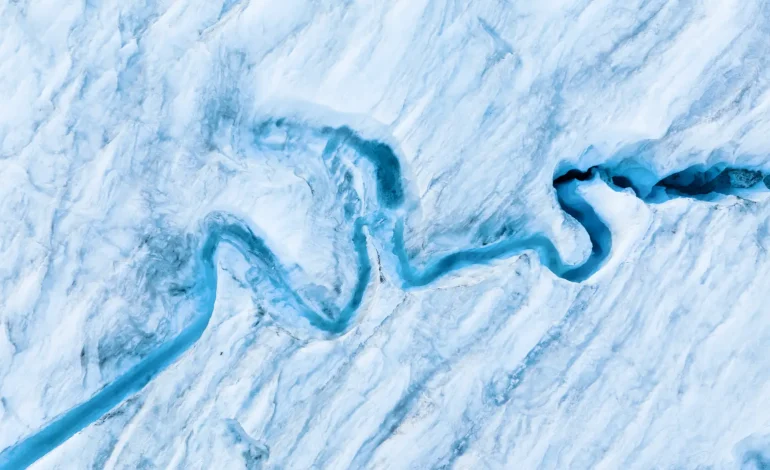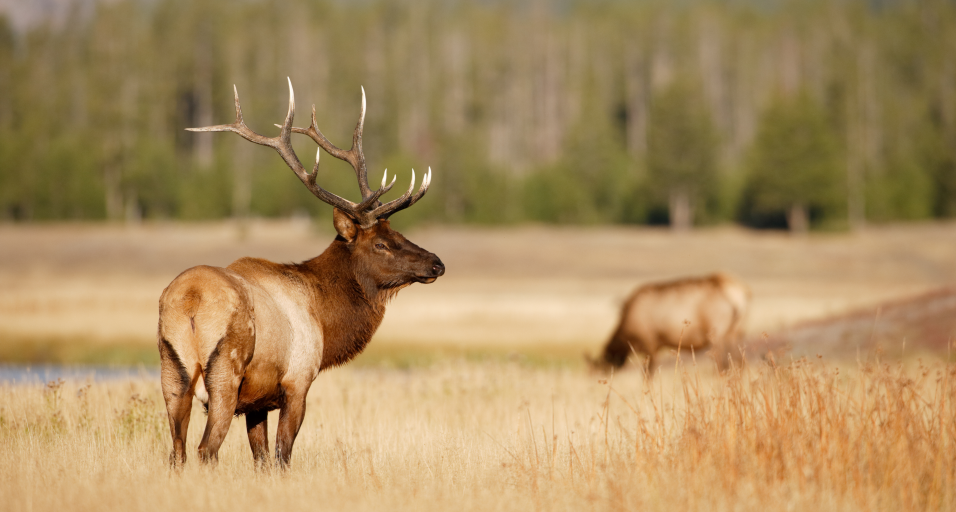Ancient Ecosystem Discovered Beneath Antarctic Ice Offers Glimpse Into Prehistoric Climate

An international team of researchers has uncovered evidence of a 30-million-year-old landscape buried beneath Antarctica’s ice, revealing what may once have been a lush environment filled with rivers, forests, and even tropical vegetation, New York Post reports.
The discovery, published in the journal Nature Communications, offers new insights into the continent’s geological and climatic past.
Described by scientists as “like opening a time capsule,” the ancient ecosystem lies more than a mile beneath the East Antarctic Ice Sheet in a region known as Wilkesland. Researchers began fieldwork in 2017, drilling into the seabed to extract sediment samples. Their analysis revealed a preserved subglacial landscape covering over 12,000 square miles—an area roughly the size of Maryland.
“The land underneath the East Antarctic ice sheet is less well-known than the surface of Mars,” said Professor Stewart Jamieson, a geologist from Durham University and co-author of the study. “We’re investigating a small part of that landscape in more detail to see what it can tell us about the evolution of the landscape and the ice sheet.”
Using ground-penetrating radar, the team identified elevated land blocks as long as 105 miles and valleys up to 25 miles wide and nearly 3,900 feet deep. These features suggest the terrain was shaped by ancient river systems rather than ice movement, indicating the region predates the first large-scale glaciation of Antarctica approximately 34 million years ago.
One of the most striking findings was the detection of ancient palm pollen near the site, pointing to a climate that may have been temperate or even tropical at the time. Researchers suggest the area could have resembled present-day Patagonia—or been even warmer—before being buried by ice during a dramatic shift in Earth’s climate.
Sediments from the site also contained microorganisms consistent with a marine environment rich in biodiversity. The preservation of this ecosystem beneath the ice sheet occurred when rapid cooling covered the landscape before it could be significantly eroded.
“The geological history of Antarctica records significant fluctuations,” said Jamieson. “But such abrupt changes gave the ice little time to significantly alter the landscape beneath.”
Despite occasional warm periods—such as the mid-Pliocene around 3 million years ago—the region remained covered in ice, keeping the ancient environment intact beneath its frozen surface.
Scientists hope that studying this hidden landscape will improve understanding of how ancient climates shaped Antarctica, and what future climate change might bring.
“This type of finding helps us understand how climate and geography intertwine,” Jamieson said, “and what we can expect in a world with rising temperatures.”









The latest news in your social feeds
Subscribe to our social media platforms to stay tuned